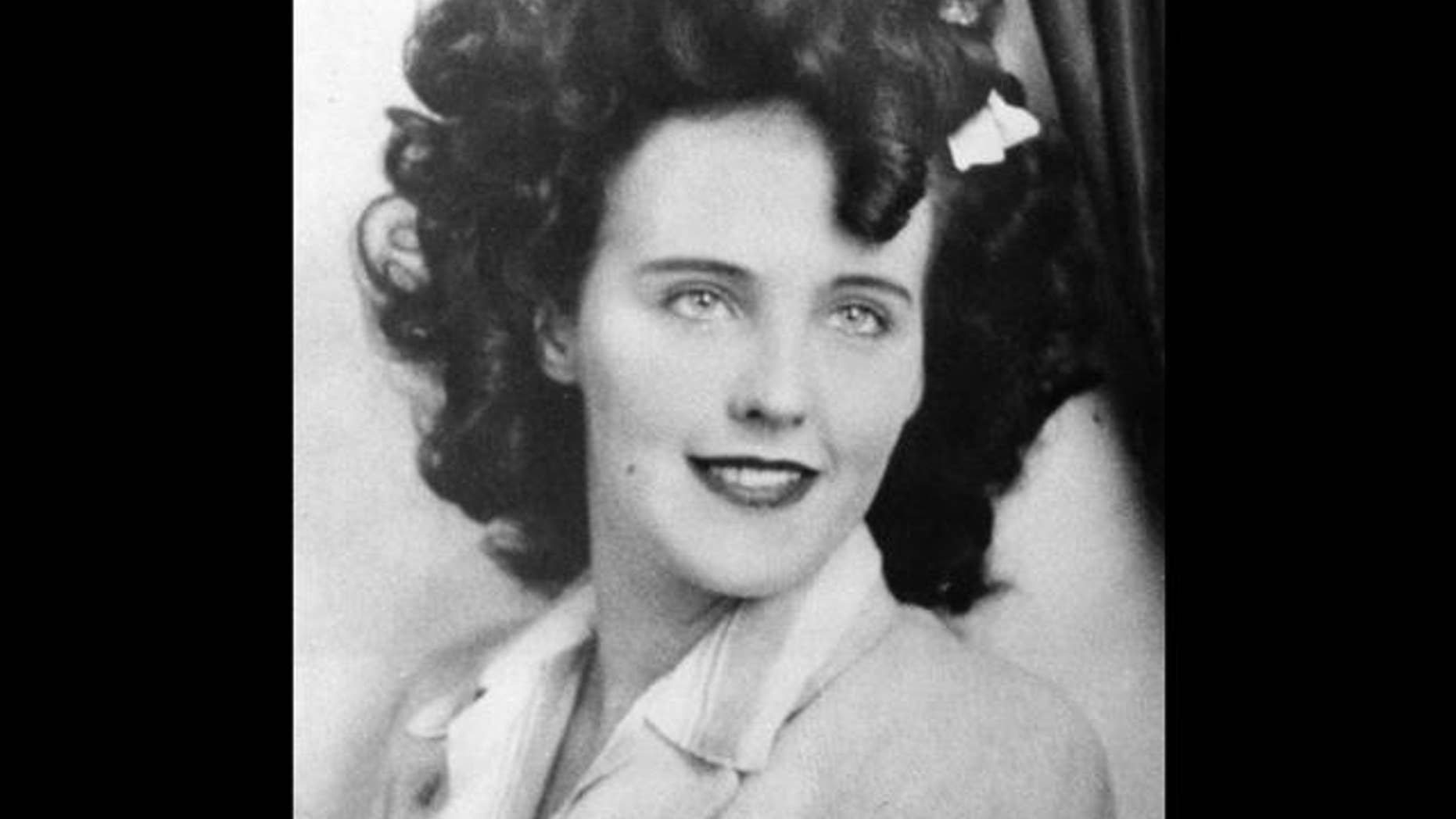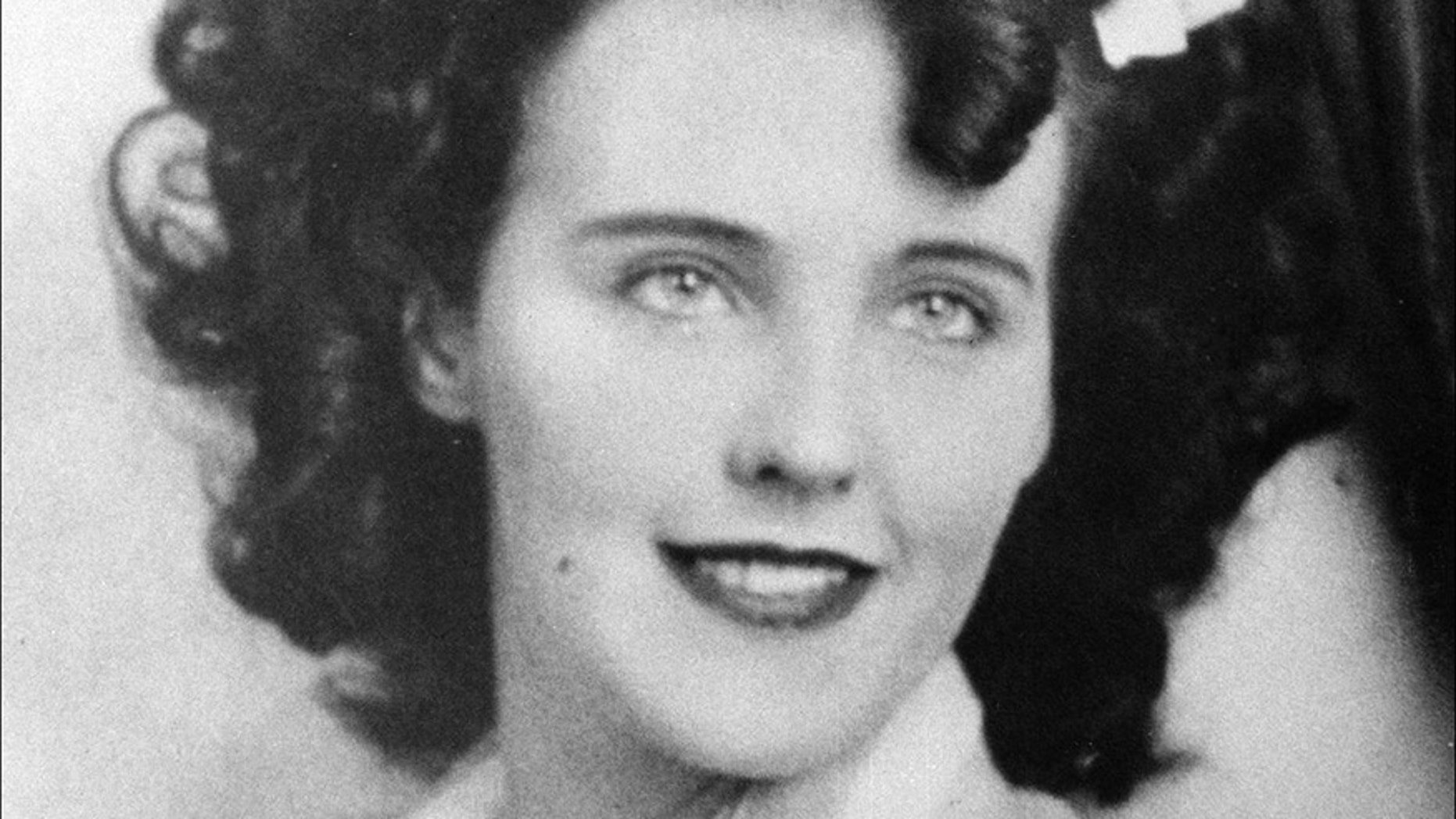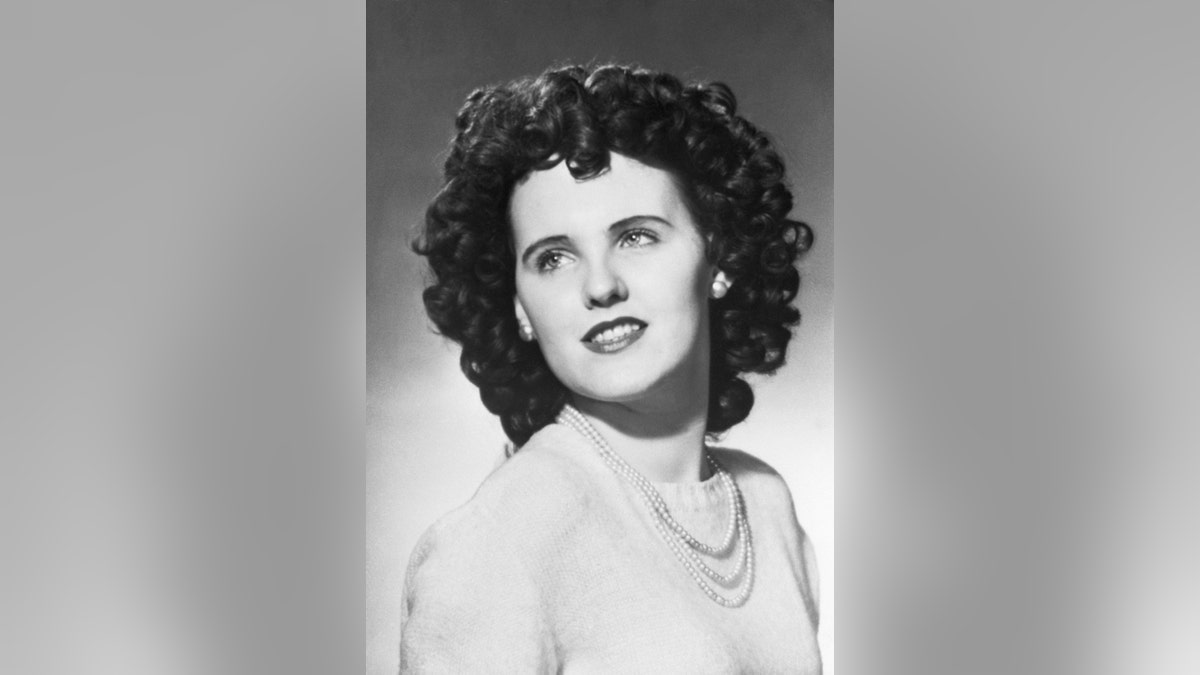When you hear the name Elizabeth Short, your mind might immediately jump to one of the darkest and most infamous stories in American history. Known as the "Black Dahlia," her tragic murder shocked the nation and left an indelible mark on true crime history. The Elizabeth Short autopsy photo has become a symbol of both fascination and horror, capturing the public's attention for decades. But what does this photo really tell us? Let's dive into the story behind the image and uncover the truth.
It’s not just about a photo; it's about a life cut short, a mystery unsolved, and a legacy that continues to haunt the world of crime investigation. Elizabeth Short's story is one of tragedy, but it’s also a tale of how society reacts to violence against women. Her death wasn’t just a case—it became a cultural phenomenon.
As we explore the details of her autopsy photos, we’ll delve into the life of Elizabeth Short, the circumstances surrounding her death, and the impact her case has had on true crime enthusiasts and investigators alike. So, buckle up because this journey isn’t just about understanding the photo—it’s about understanding the person behind it.
Read also:Kaitlan Collins Husband The Inside Story You Need To Know
Who Was Elizabeth Short? A Brief Biography
Before we dive into the autopsy photo, it’s essential to understand who Elizabeth Short really was. Born on July 29, 1924, in Boston, Massachusetts, Short was a young woman with dreams of becoming an actress. She was known for her striking beauty and charming personality, qualities that made her stand out in a crowd. But beneath the surface, Short faced her own struggles, including financial difficulties and a nomadic lifestyle that saw her moving from place to place in search of opportunity.
Short’s life took a tragic turn when her body was discovered on January 15, 1947, in a vacant lot in Leimert Park, Los Angeles. The gruesome nature of her murder and the subsequent media frenzy turned her into a symbol of the dangers faced by women in post-war America. Her case remains unsolved to this day, making her one of the most famous victims in true crime history.
Key Facts About Elizabeth Short
Let’s break down some key facts about Elizabeth Short to give you a clearer picture of her life:
- She was born in 1924 and spent much of her early life in Massachusetts.
- Short had aspirations of becoming an actress but struggled to find success in Hollywood.
- She was found dead at the age of 22, her body mutilated and left in a vacant lot.
- The nickname "Black Dahlia" was given to her by the press due to her alleged penchant for wearing black clothing.
- Her case remains one of the most infamous unsolved murders in American history.
Elizabeth Short Autopsy Photo: What It Reveals
The Elizabeth Short autopsy photo is one of the most infamous images in true crime history. Taken during the investigation of her murder, the photo shows her body in a horrifying state, with clear signs of mutilation and torture. While the image is disturbing, it provides critical insights into the nature of her death and the methods used by her killer.
Forensic experts have studied the photo extensively, analyzing the injuries and the positioning of her body. What they discovered was chilling: Short had been brutally cut in half at the waist, with her face slashed in a manner that resembled a Glasgow smile. These details suggest that her killer was not only methodical but also had some knowledge of human anatomy.
Why the Photo Matters
The Elizabeth Short autopsy photo matters not just because of its graphic nature but because it serves as a crucial piece of evidence in a case that remains unsolved. It’s a reminder of the brutality of her murder and the need for justice for victims like her. For true crime enthusiasts, the photo is a window into the mind of a killer and the challenges faced by investigators trying to piece together the puzzle.
Read also:Chris Brown Mom And Dad The Untold Story Behind The Music Icons Family
Understanding the Autopsy Process
Autopsies are a vital tool in criminal investigations, providing critical information about the cause and manner of death. In the case of Elizabeth Short, the autopsy revealed a wealth of details that helped investigators understand the extent of her injuries and the methods used by her killer. But what exactly happens during an autopsy?
During the procedure, medical examiners carefully examine the body, documenting any injuries or abnormalities. They may also collect samples for toxicology tests and other analyses. In Short’s case, the autopsy revealed signs of asphyxiation, blunt force trauma, and extensive mutilation. These findings were crucial in piecing together the timeline of her death and identifying potential suspects.
What the Autopsy Can’t Tell Us
While autopsies provide valuable information, they aren’t infallible. In the case of Elizabeth Short, the autopsy was unable to definitively identify her killer or provide a clear motive for her murder. This limitation highlights the challenges faced by investigators in cases where evidence is limited or circumstantial.
The Impact of the Elizabeth Short Case
The Elizabeth Short case has had a profound impact on true crime culture and the way society views violence against women. Her murder occurred at a time when such crimes were often overlooked or dismissed, but the media coverage of her case brought attention to the issue and sparked public outrage. Today, her story continues to inspire books, documentaries, and films, ensuring that her memory lives on.
For many, the Elizabeth Short autopsy photo is a haunting reminder of the dangers faced by women and the need for greater awareness and action to prevent such tragedies. It’s also a testament to the resilience of those who refuse to let her case fade into obscurity.
How the Case Changed True Crime
The Elizabeth Short case marked a turning point in true crime history, setting the stage for future investigations and media coverage. It highlighted the importance of forensic science in solving crimes and the role of the media in bringing attention to unsolved cases. Today, her story continues to inspire new generations of true crime enthusiasts and investigators alike.
Common Misconceptions About the Case
Over the years, numerous myths and misconceptions have emerged about the Elizabeth Short case, fueled by sensationalized media coverage and speculative theories. One of the most common misconceptions is that her killer was a serial killer targeting women, despite no concrete evidence to support this claim. Another myth is that the photo was leaked intentionally by the police, though there’s no definitive proof of this either.
Separating fact from fiction is crucial in understanding the true nature of her murder and the challenges faced by investigators. By examining the evidence and analyzing the facts, we can gain a clearer picture of what really happened to Elizabeth Short.
Debunking the Myths
Let’s debunk some of the most common myths surrounding the Elizabeth Short case:
- Myth: Her killer was a serial killer. Fact: There’s no evidence linking her murder to other cases.
- Myth: The photo was leaked intentionally. Fact: The source of the leak remains unknown.
- Myth: She was a well-known actress. Fact: She struggled to find success in Hollywood.
The Role of Forensic Science
Forensic science played a crucial role in the investigation of Elizabeth Short’s murder, providing critical insights into the nature of her death and the methods used by her killer. Advances in technology and techniques have allowed modern investigators to revisit cold cases like hers, offering new hope for solving longstanding mysteries.
In the case of Elizabeth Short, forensic analysis of the autopsy photo revealed details that were missed during the initial investigation. These findings have helped refine theories about her murder and identify potential suspects, though the case remains unsolved.
Modern Forensic Techniques
Today, forensic scientists use a variety of advanced techniques to analyze evidence, including DNA testing, digital imaging, and 3D modeling. These tools have revolutionized the field of criminal investigation, offering new ways to solve even the most challenging cases. While these techniques weren’t available during the time of Elizabeth Short’s murder, they continue to inspire hope that one day, her killer may be brought to justice.
Lessons Learned from the Elizabeth Short Case
The Elizabeth Short case offers valuable lessons about the importance of thorough investigations, the role of forensic science, and the need for greater awareness of violence against women. It also highlights the power of the media in shaping public perception and driving societal change.
For true crime enthusiasts, the case serves as a reminder of the importance of critical thinking and the need to separate fact from fiction. By examining the evidence and analyzing the facts, we can gain a deeper understanding of the case and its implications for society as a whole.
What Can We Do?
So, what can we do to honor Elizabeth Short’s memory and ensure that her case doesn’t fade into obscurity? First, we can support organizations working to combat violence against women and advocate for greater awareness and action. We can also continue to educate ourselves about true crime and the importance of thorough investigations.
Final Thoughts
The Elizabeth Short autopsy photo is more than just an image—it’s a testament to the life and legacy of a young woman whose dreams were tragically cut short. Her case continues to inspire new generations of true crime enthusiasts and investigators, offering hope that one day, justice may be served.
As we reflect on her story, let’s remember the importance of critical thinking, empathy, and action. By learning from her case, we can work toward a future where such tragedies are less likely to occur. So, take a moment to share this article, leave a comment, or explore other resources to deepen your understanding of this fascinating and tragic story.
Table of Contents
- Who Was Elizabeth Short? A Brief Biography
- Elizabeth Short Autopsy Photo: What It Reveals
- Understanding the Autopsy Process
- The Impact of the Elizabeth Short Case
- Common Misconceptions About the Case
- The Role of Forensic Science
- Lessons Learned from the Elizabeth Short Case
- Final Thoughts



